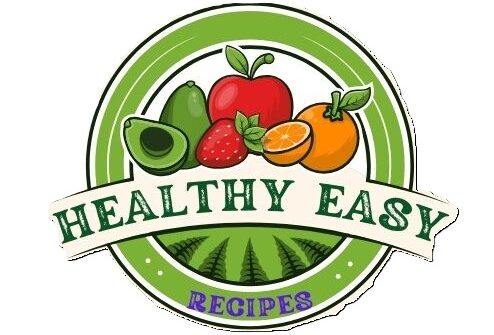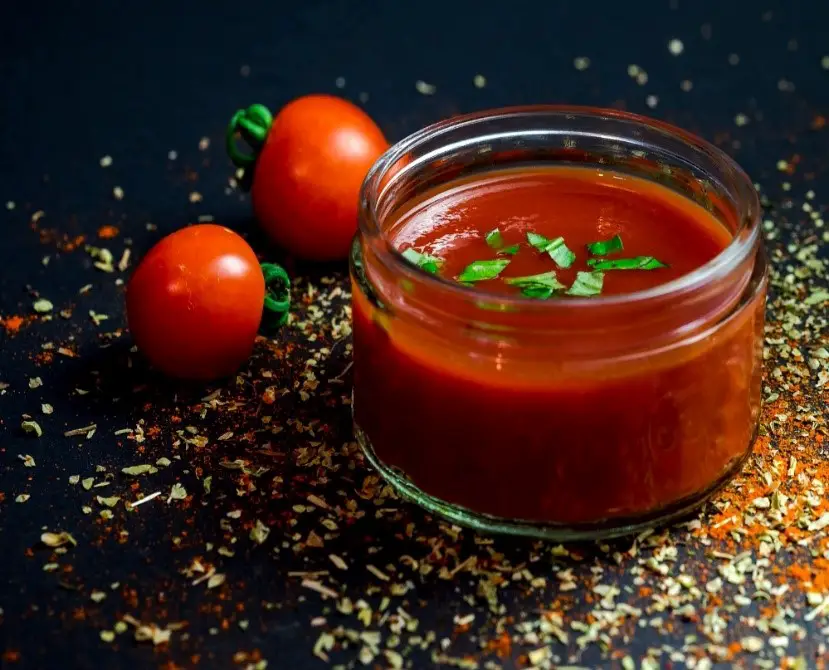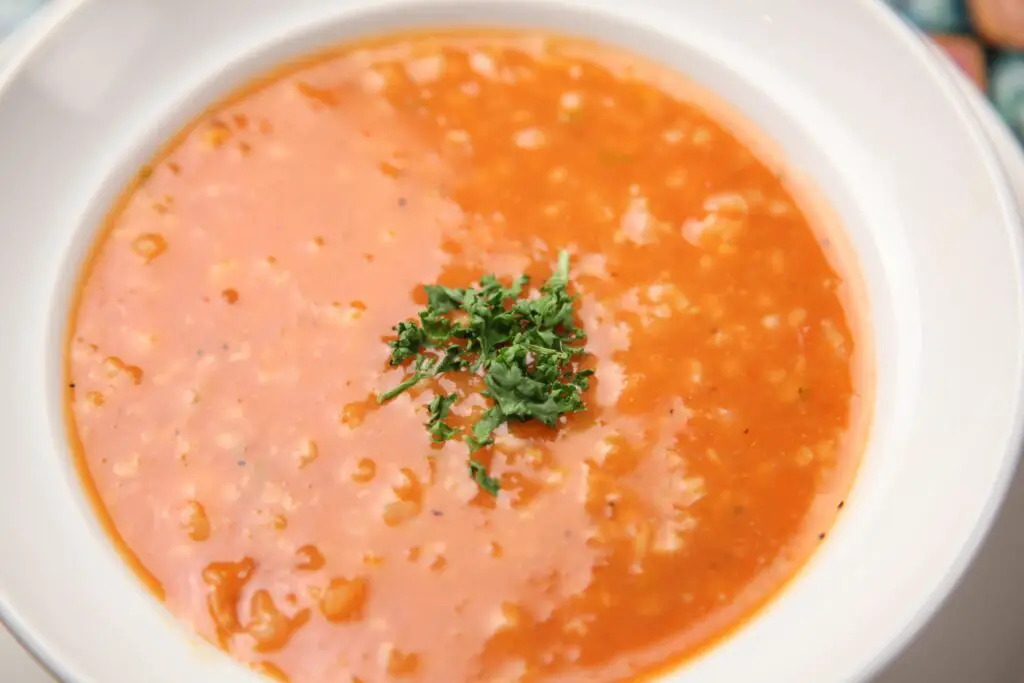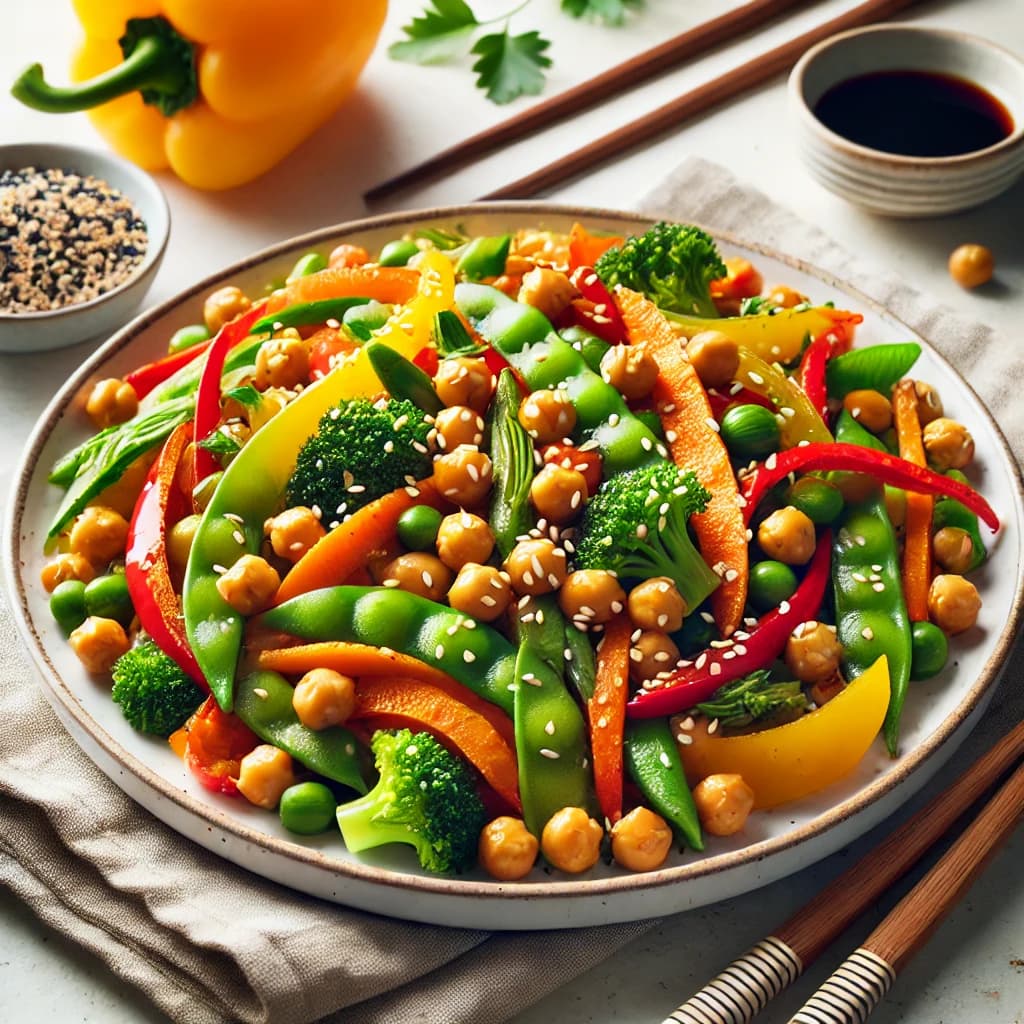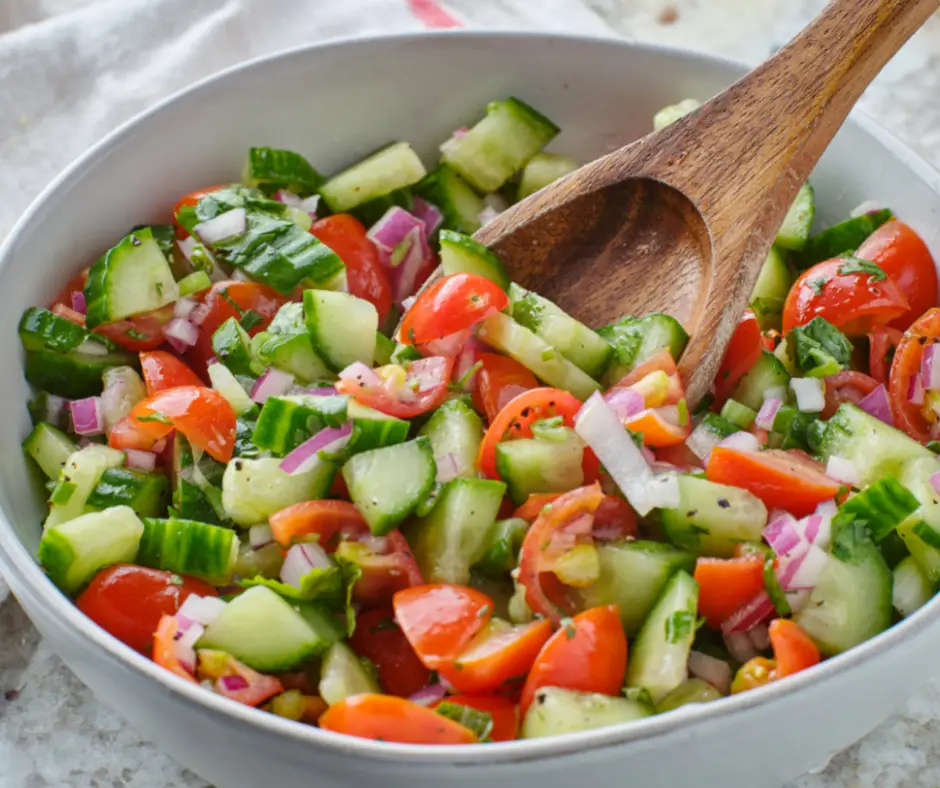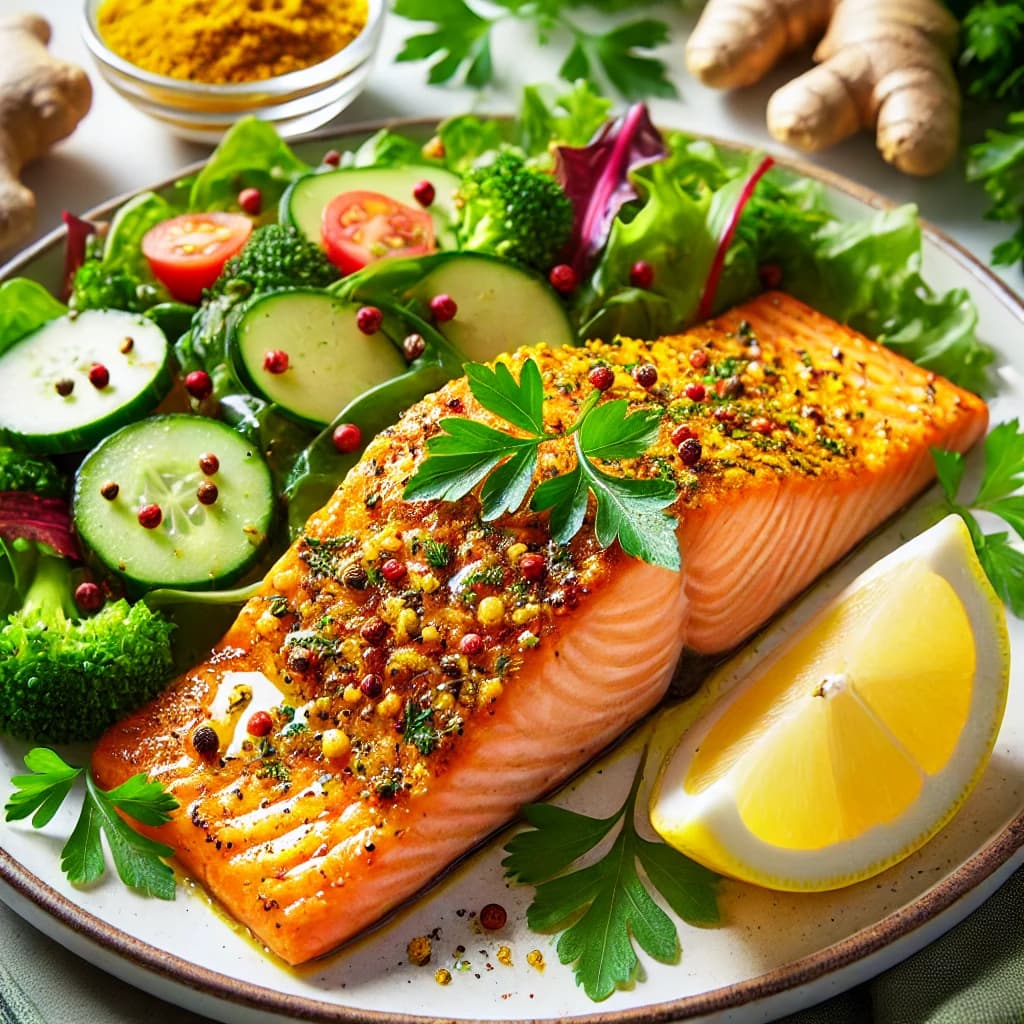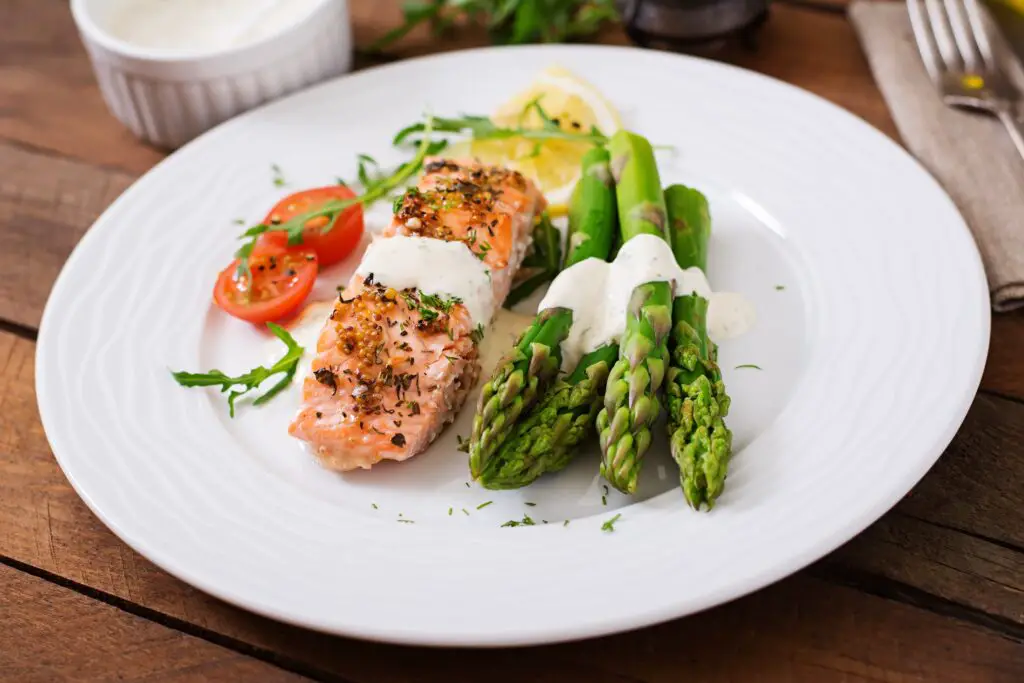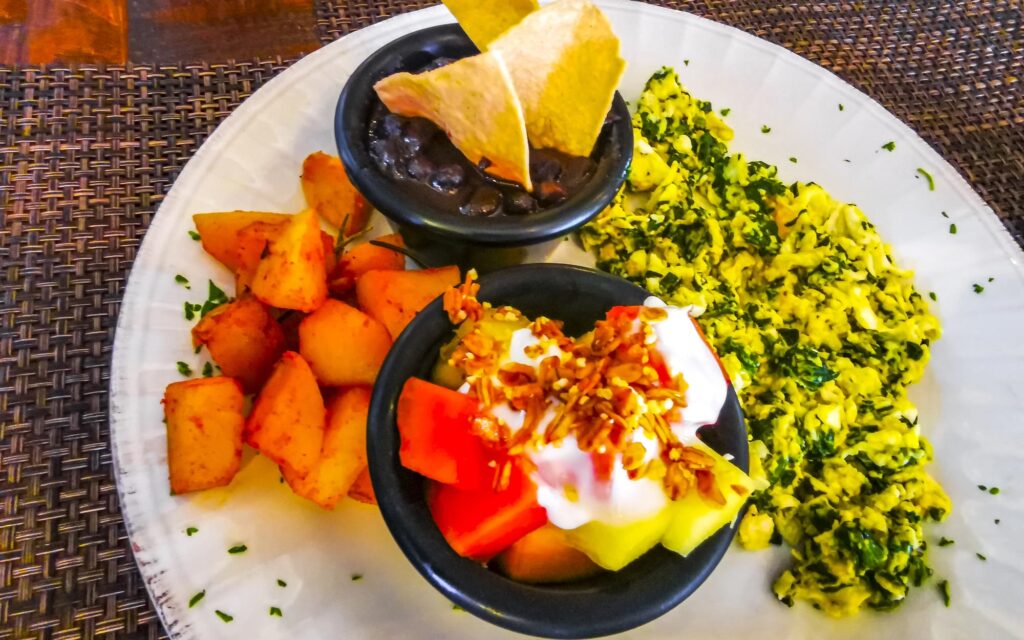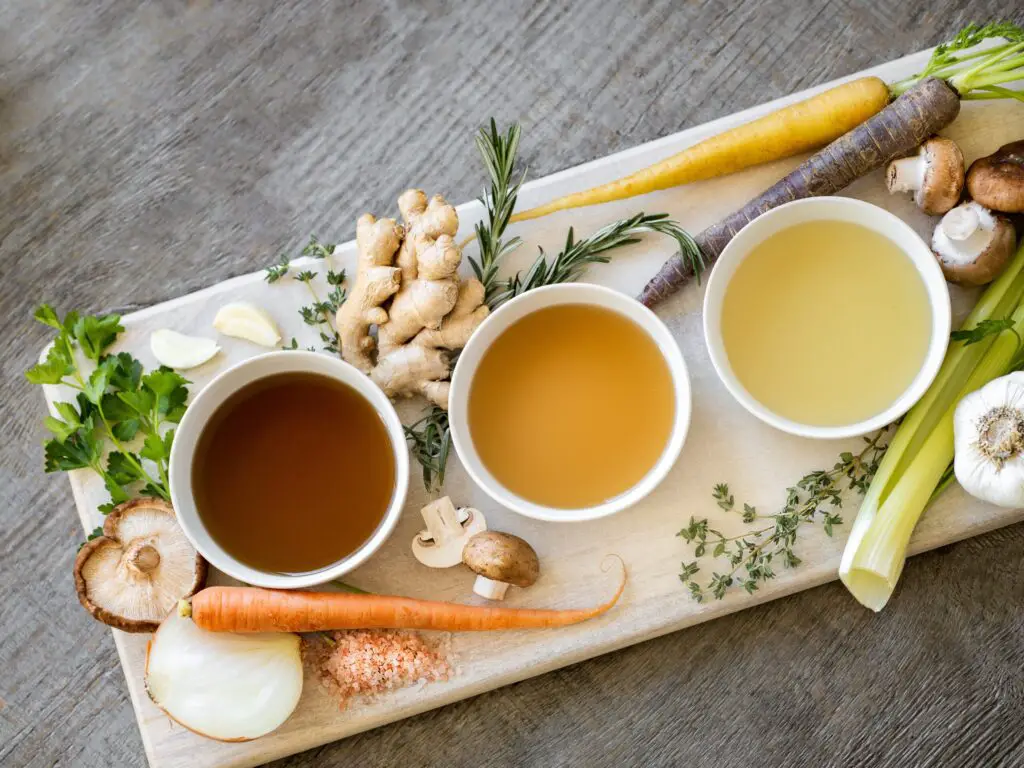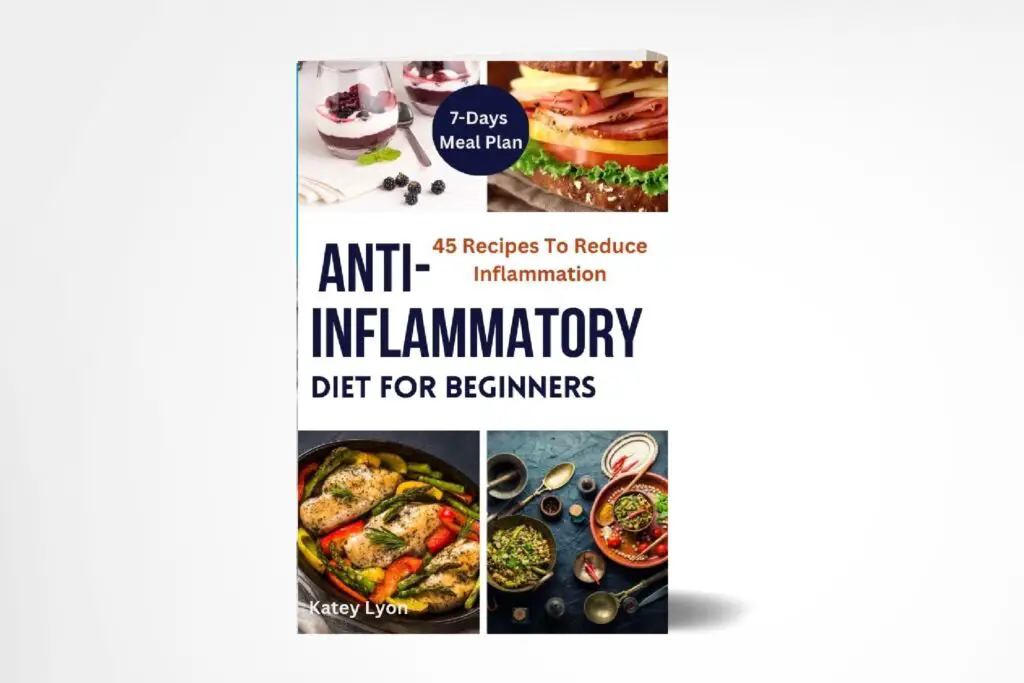How to Build a Nourishing Anti-Inflammatory Pantry
A well-stocked Anti-Inflammatory Pantry is the cornerstone of any anti-inflammatory diet. By keeping your kitchen filled with wholesome, nutrient-rich staples, you’ll always be ready to prepare meals that support your health and reduce chronic inflammation. This guide highlights the essential Anti-Inflammatory Pantry, from healthy fats and whole grains to spices and legumes, along with their benefits and how to use them in your cooking. Read More in my article: Anti-Inflammatory Diet For Beginners Guide
Anti-Inflammatory Pantry
Healthy Fats
- Extra Virgin Olive Oil: Why it’s essential: Packed with monounsaturated fats and antioxidants, olive oil is a key anti-inflammatory ingredient. How to use it: Drizzle on salads, use in marinades, or sauté vegetables.
- Avocado Oil: Why it’s essential: High in heart-healthy fats and perfect for high-heat cooking. How to use it: Great for roasting vegetables or pan-searing proteins.
- Nuts and Seeds: Examples: Almonds, walnuts, chia seeds, flaxseeds.Why they’re essential: Provide omega-3 fatty acids and fiber, which reduce inflammation. How to use them: Sprinkle on oatmeal, blend into smoothies, or use as toppings for salads.
Start with simple, flavorful dishes like:
Breakfast Porridge with Turmeric and Almonds
Whole Grains
- Quinoa: Why it’s essential: A complete protein with anti-inflammatory properties and gluten-free.How to use it: Cook as a base for grain bowls or add to soups and stews.
- Brown Rice and Farro: Why they’re essential: High in fiber and essential nutrients.How to use them: Use them as side dishes or mix them into salads.
Start with simple, recipes like:
Grilled Salmon With Quinoa And Broccoli
Legumes
- Chickpeas, Lentils, and Black Beans: Why they’re essential: Rich in protein, fiber, and antioxidants. How to use them: Blend chickpeas into hummus, add lentils to soups, or use black beans in tacos.
Recipes:
Spices And Herbs
Turmeric: Why it’s essential: Contains curcumin, a powerful anti-inflammatory compound. How to use it: Add to teas, and curries, or sprinkle on roasted vegetables.
Ginger: Why it’s essential: Known for its ability to reduce inflammation and aid digestion. How to use it: Grate into stir-fries, soups, or steep in hot water for tea.
Cinnamon: Why it’s essential: Helps regulate blood sugar and fight inflammation. How to use it: Add to oatmeal, smoothies, or baked goods.
Garlic: Why it’s essential: Contains allicin, which has anti-inflammatory and immune-boosting properties. How to use it: Sauté with vegetables or use as a flavor base for soups and sauces.
Recipes
Fruits and Vegetables
Canned Tomatoes: Why they’re essential: Rich in lycopene, a powerful antioxidant. How to use them: Use in soups, sauces, and stews.
Frozen Berries: Why they’re essential: Packed with antioxidants and easy to store. How to use them: Add to smoothies or use as a topping for yogurt.
Sweet Potatoes: Why they’re essential: High in fiber and vitamin A, which supports immune health. How to use them: Roast as a side dish or mash as a base for grain bowls.
Beverages
Green Tea: Why it’s essential: Contains catechins, which combat inflammation. How to use it: Brew and enjoy hot or cold with a slice of lemon.
Herbal Teas: Examples: Chamomile, ginger, and turmeric teas. Why they’re essential: Soothe the body and reduce inflammation naturally. How to use them: Steep in hot water for a calming drink.
Final Tips for Stocking Your Pantry
Buy in Bulk: Purchase staples like grains, legumes, and nuts in bulk to save money and ensure you always have them on hand.
Opt for Organic: When possible, choose organic versions of items like olive oil and spices to avoid unnecessary additives.
Label and Organize: Keep your pantry organized with labeled jars and containers for easy access.
By stocking your pantry with these essentials, you’ll be ready to prepare nourishing, anti-inflammatory meals at any time. With these staples at your fingertips, embracing an anti-inflammatory diet becomes simple and sustainable
